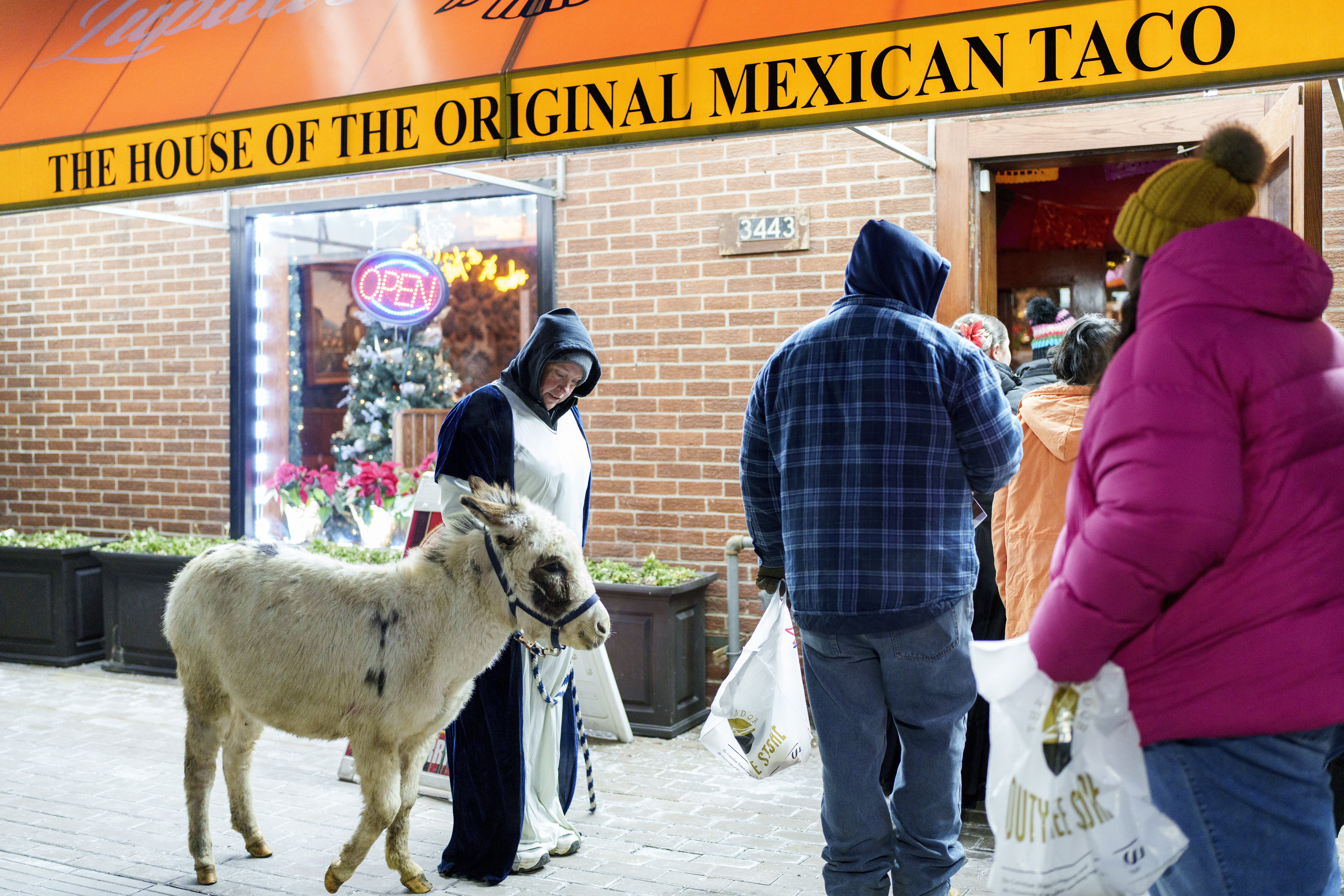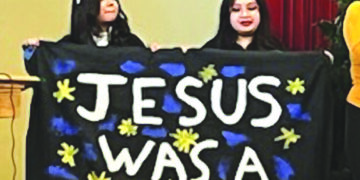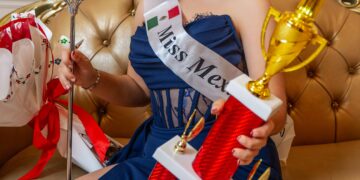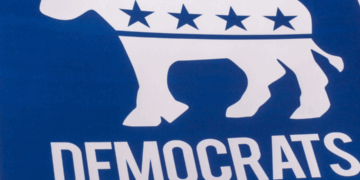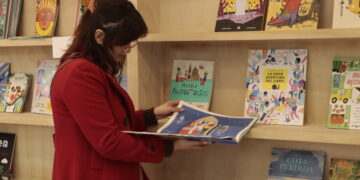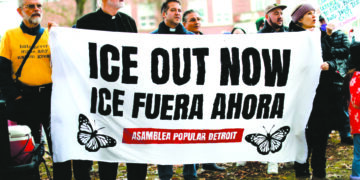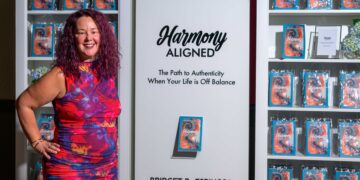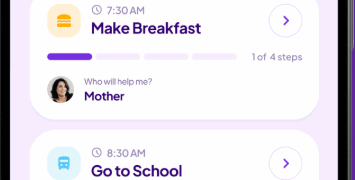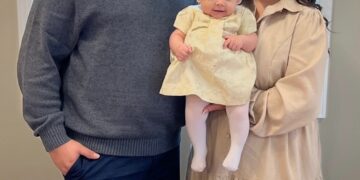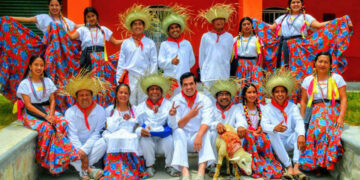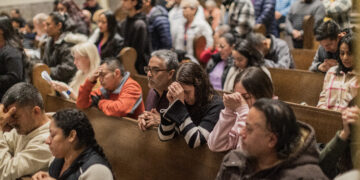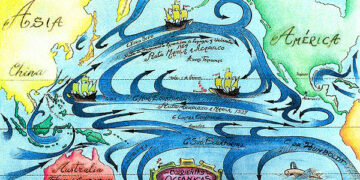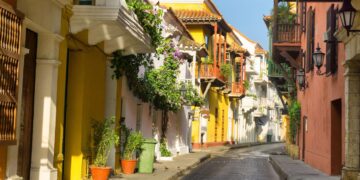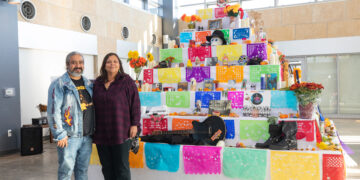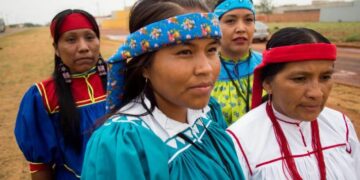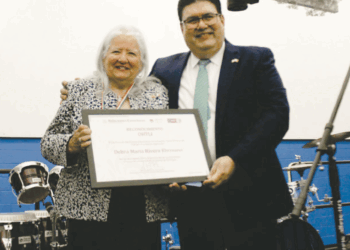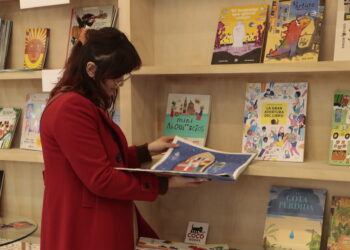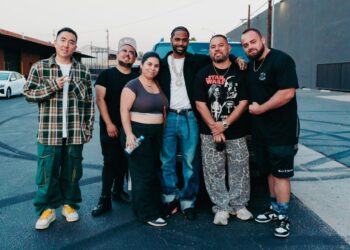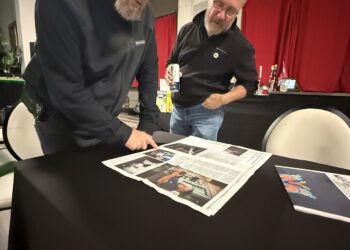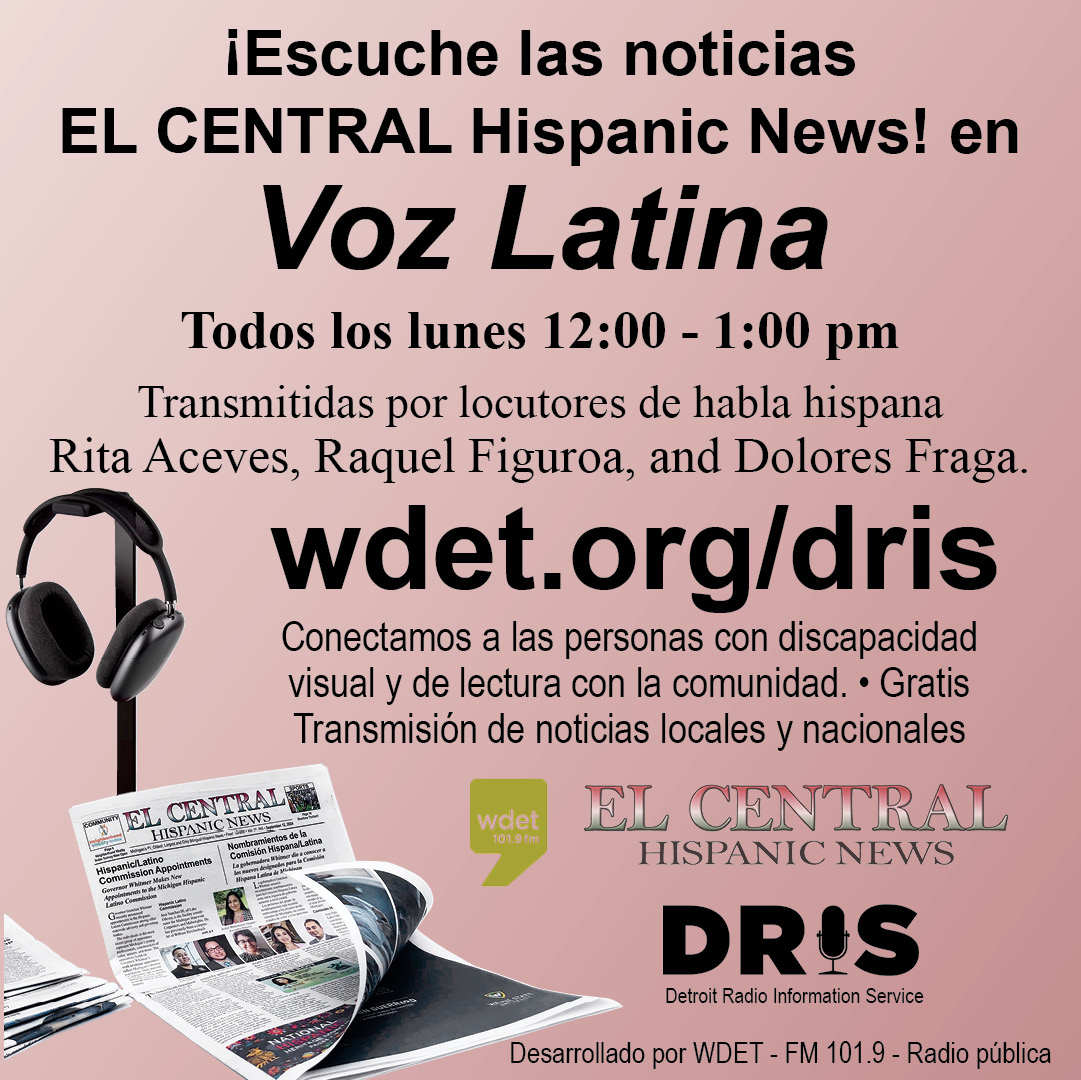Back in 1975, when I was hired to work with area youth by Latino Community Mental Health (later known as Latino Outreach then renamed Latino Family Services) I had the good fortune of working with a number of talented individuals such as Adela Camarena, Yolanda Escobedo, Jose Garza and Maria Rodriguez, among others. A number of us were in our early 20’s, including Maria and myself. These were important years for our development as community and cultural organizers. From the start she and I developed a friendship that has lasted these past decades.
Over the years our paths crossed on occasion as we worked on some common areas. Maria is an avid historian and has done much to chronicle our community’s history, most notably with the publication of her 2011 book, Detroit’s Mexicantown published by Arcadia Publishing. Maria serves on the Historical Society of Michigan Board of Trustees, a position she assumed in 2018. She also serves on the Detroit Riverfront Conservancy Board, the entity responsible for the revitalization of the city’s riverfront and has been on that board since its inception 29 years ago.
Born in Detroit her family originally lived on the east side before moving to southwest’s Delray community. She states she was quite happy being raised in that vibrant multiracial and multicultural neighborhood. Her family lived in the Hungarian section near Dearborn Street. “It was the best childhood I can remember, being raised in that diverse environment.” After going to Holy Cross Elementary she then attended Holy Redeemer High School where she graduated.
After a short career in the business world here and in Mexico she started her community involvement. Thus, the aforementioned role at Latino Community Mental Health. During that period, she also directed a Mexican folkloric youth dance troupe. Later on, she became immersed in the groundbreaking development of the Mexicantown Community Development Corporation (MCDC) serving as its director from 1993-2008.
Her professional experience also included a 10-year stint at Mazda when she was part of an innovative pilot program as a bilingual “product specialist”. The specialists were trained to know everything about each model on the floor, the first such effort of its kind in the country. She is happy to say there are more Latinos now representing Mazda.
What is not as widely known is that Maria has significant media experience. I will focus in this article on some of that work, most notably at the national level as a member and then the National board chair of HAMAS, the Hispanic Academy of Media Arts and Sciences.
In Detroit, she worked at Channel 4 and was on the staff for the Sonya show, at the time one of Metro Detroit’s top rated talk shows, and also was the host for “Imagines” which focused on Detroit’s Latino community. When the Spanish language network Univision had a Detroit presence Maria was contracted by them to organize the mid 80’s telethon fundraiser in response to the devastating hurricane that hit Puerto Rico. The effort was called “Dale la Mano a Puerto Rico” (Give a Hand to Puerto Rico).
At Channel 4, then Vice President for programming and promotion, Henry Maldonado, served as an important mentor. He in return valued her skills and commitment. In an October 20, 1999 Detroit Free Press article entitled “Ambassador from Mexicantown” Maldonado is quoted as saying about Maria “Her strength is moving between so many environments equally well. She can navigate in other worlds, while still representing the world she comes from.”
It was during her time at Channel 4 that Maria Rodriguez, on the urging of her colleague and friend Rose Ybarra who worked at Detroit’s Channel 7, she attended a national conference of the Hispanic Academy of Media and Arts Sciences (HAMAS). Upon returning to Detroit, they decided to set up a chapter of HAMAS. Though the Detroit chapter was not big it would nonetheless play what would turn out to be a national role in the promotion and advocacy for Latinos in film, radio, television and other media areas. Other members of the Detroit chapter, in addition to Rosa Ybarra, included Maria Luisa Garcia, and Dolores Gonzalez, an early leader in Casa de Unidad among others.
During the period from 1984 to 1990, HAMAS would advocate for more Latino/a representation as screenwriters, directors, actors, distributors and would support those few already in those positions. As she stated “We wanted to ensure we would have a seat at the table and that our stories were told correctly.” They organized workshops in Los Angeles, New York, Houston and Chicago. In Detroit they sponsored visits by Latino artists for film showings, a couple in Southwest Detroit’s barrio.
During her time at HAMAS, she would meet and work with a number of Latino/a artists and film industry personnel. In the initial phase of her involvement Lupe Ontiveroz, a well-known actress at the time, would become her mentor. Lupe Ontiveroz, some may remember, played major roles in movies such as “The Rosary Murders”, which was filmed here in Southwest Detroit’s Holy Redeemer church, Zoot Suit, Selena, El Norte, Mi Familia, Real Women Have Curves and as “Rosalina “in the classic film “The Goonies”, among others.
According to Maria, HAMAS played a major advocacy role at a critical time for Latino artists in the industry. They fought against stereotypical portrayals and advocated their efforts be mainstreamed, not just in films but also in other media. They worked closely with another Latino artist advocacy group Nosotros that focused primarily on actors, which included the likes of the great film and TV actor Ricardo Montalban, who was a strong HAMAS supporter. They joined efforts with the National Association of Hispanic Journalists as they saw common cause in combatting negative stereotypes of Latinos/as. On occasion joint conferences were sponsored by HAMAS and the Hispanic journalists.
HAMAS conferences would draw major studios and attract up and coming young actors/actresses like TV and movie artist Esai Morales of La Bamba fame and a number of notable and recent TV roles. Maria emphasized that a key strategy for their work was “informal networking” among activists and artists. Along the way she would meet and work with actors and movie giants like Edward James Olmos, Andy Garcia, Daniel Laro and Cuban American film director Ray Blanco. Maria credits Ray Blanco as a mentor in her professional growth.
When asked what lessons were learned from that period, she went on to list a few factors. Though there was “a certain disconnect between the chapters”, nonetheless there has been lasting impact as other Latino/a actors and advocates have made some major in-roads and continue strong advocacy efforts. Though we have a number of easily recognizable and well-known artists on and behind the scenes we still need more advocacy and increased efforts to promote unity. “We have to ensure more Latinos/as are writing movie and TV scripts so as to reflect a true and diverse representation of our communities.” Though she calls for a united advocacy effort, at the same she is excited the younger generation is better prepared and more sophisticated than previous generations to carry on this work.

